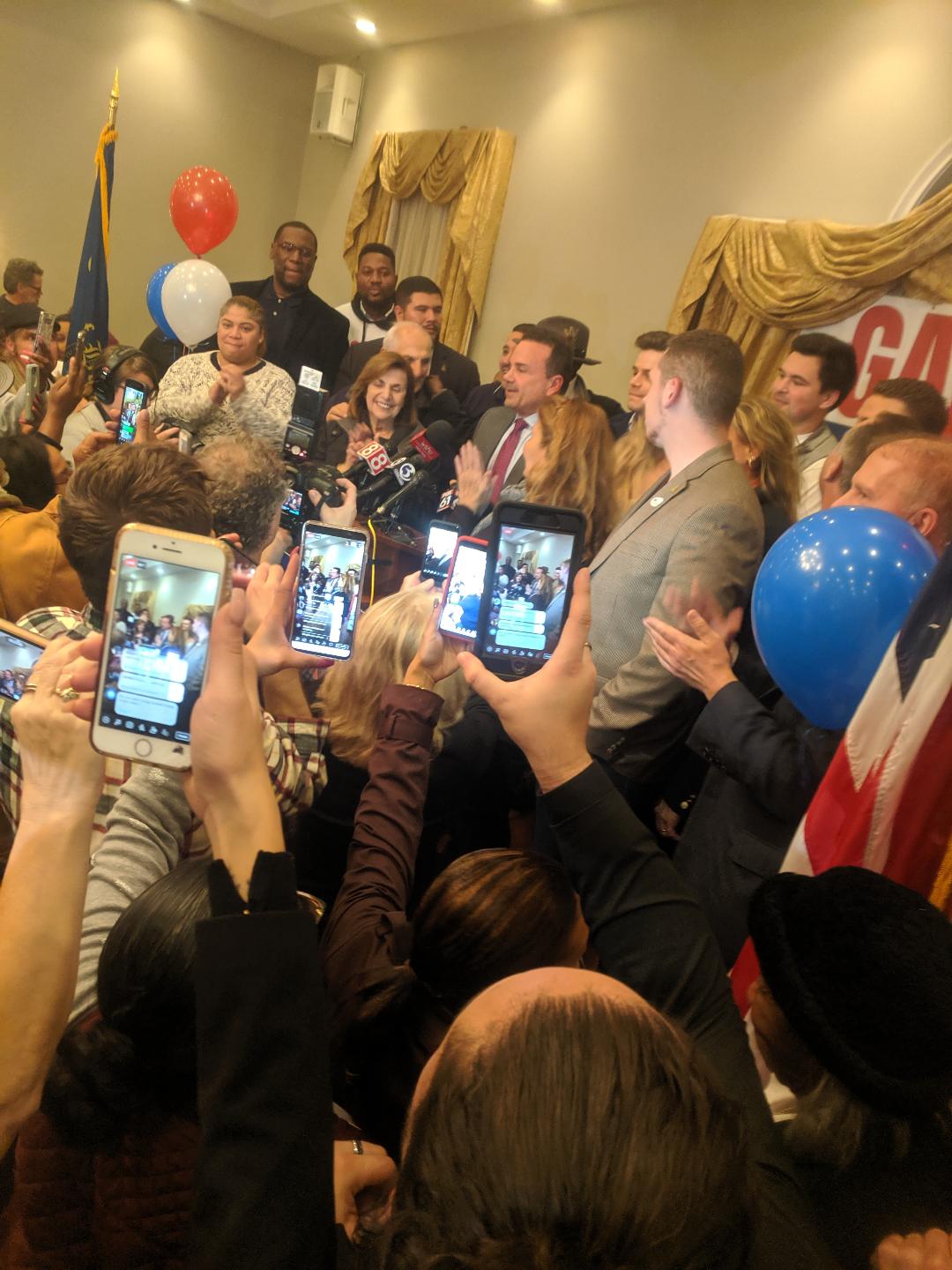
Another mayoral year, another capricious cycle that caused political whiplash.
Asserting “I declare war on every person and every thing that has kept Bridgeport in bondage,” State Senator Marilyn Moore marked the January birthday observance of Martin Luther King Jr. as a formal entry into the race during a Monday morning announcement in a side room of Mount Aery Baptist Church.
Trying to become the first African American to lead Connecticut’s largest city, Moore entered the race as an underdog without strong, citywide organizational political support, something that did not deter her in the past. She upset incumbent Anthony Musto in a 2014 Senate primary on her way to a general election win in Connecticut’s 22nd District that covers portions of Bridgeport, Monroe and all of Trumbull.
Moore’s base of support in the North End, West Side and Black Rock encompassed the areas where incumbent Joe Ganim was weakest. In 2015 Ganim made a remarkable political comeback, reclaiming the job he was forced from in 2003 following his conviction on federal corruption charges. He defeated incumbent Bill Finch in a close Democratic primary leveraging overwhelming support from black voters who rallied behind his second-chance message and their opposition to Finch.
Seeking a third four-year term, Finch won legislative approval to delay implementation of state-mandated revaluation of taxable property until after the election. It was left for Ganim to deal with it and the result was a whopping tax increase in higher-assessed areas that fell in Moore’s senate district.
A talented retail politician, Ganim seemed stuck in a time warp from his popularity in the 1990s blind to the reality of a new set of circumstances. Within a year of returning he was planning a run for governor retracing his positive gubernatorial aspirations before lanced by the corruption conviction.
It was like he drew a straight line from the late 1990s leapfrogging the baggage between the popularity and the comeback.
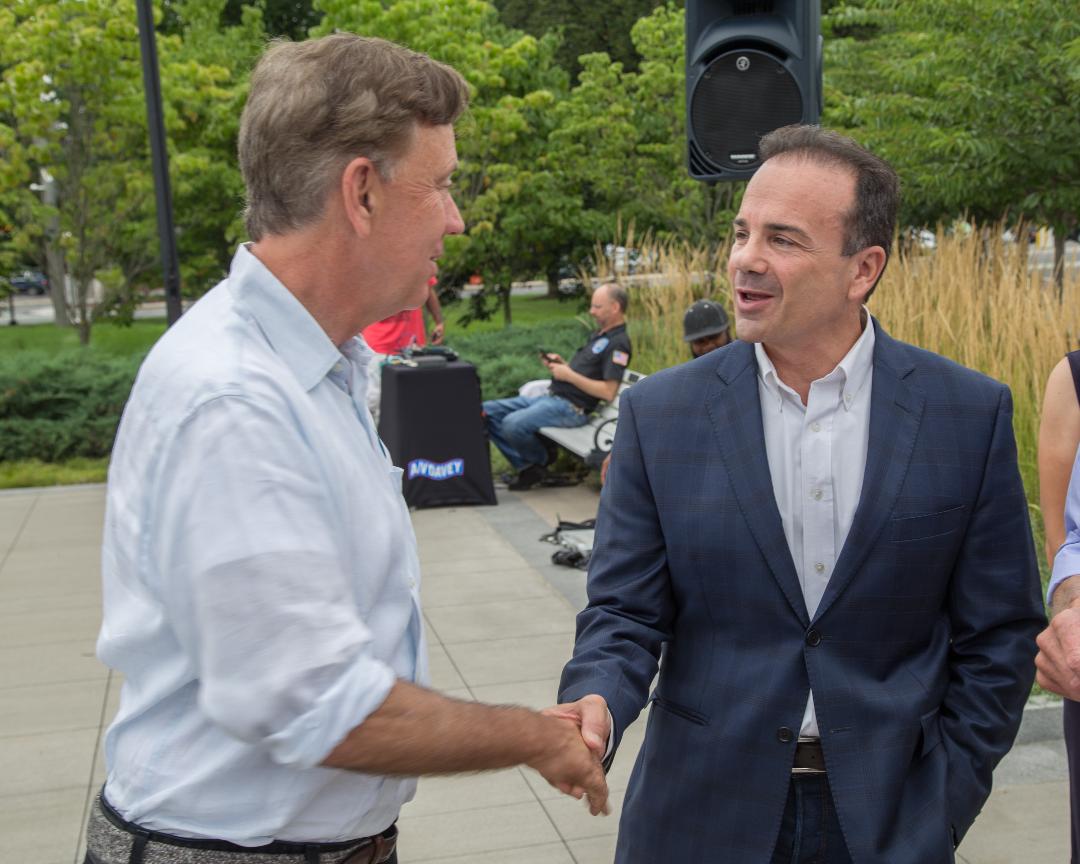
For many Bridgeport voters it was like a kick in the teeth: we brought you back and you abandon us?
It didn’t matter to many local voters no matter how many times Ganim echoed “I can do more for you as governor.”
Really? What have you done for us since your return? In addition to the first-year tax increase, Ganim had flat-funded education. School board member Maria Pereira who had supported Ganim’s return to the mayoralty in 2015, barbecued Ganim regularly in the OIB comments section about that. School parents also took notice.
Running for governor challenging Ned Lamont in a primary, Ganim had no persuasive rationale and none of the successes he had engineered in his first tenure.
It seemed running for governor was a way to drain his internal system of the angst he’d have been likely the Democratic candidate for governor in 2002 if not for his self-induced political casualty. Voters outside Bridgeport were incredulous.
Lamont crushed Ganim in the August 2018 primary, Bridgeport the only municipality out of 169 that Ganim won, but even there storm clouds had gathered. Lamont ran strong in the Bridgeport portion of Moore’s legislative district.
After the wake-up drubbing, Ganim paid closer attention to municipal business to rescue his mayoralty. The battle was on.
Several months after her January announcement, Moore’s public profile was lean as she spent time raising money against a well-financed incumbent.
Citing the Declaration of Independence on July 4th before supporters outside her Downtown campaign headquarters, she announced publicly for the first time that she’d challenge Ganim in a September 10 primary urging “We are going to the September primary fighting for our independence. And we will win!”
It started a trend of Moore’s date-specific symbolic moves: Martin Luther King Day, Independence Day, yet few clear positions where she’d take the city, why the incumbent should be fired.

Ganim did his part to help Moore’s campaign. In late July, a press release announced Ganim leveraging $2.5 million in capital funds to support a new Tiger exhibit at the zoo.
Moore also did her part to disadvantage this gaffe. The contrast narrative was so easy to hammer home on the campaign trail: $2.5 million for tigers, nothing for students.
It did not become a Moore battle cry.
Moore’s laconic campaign gained traction when she announced two-time mayoral candidate Chris Caruso and community social agitator Alma Maya would run on her ticket for town clerk and city clerk respectively.
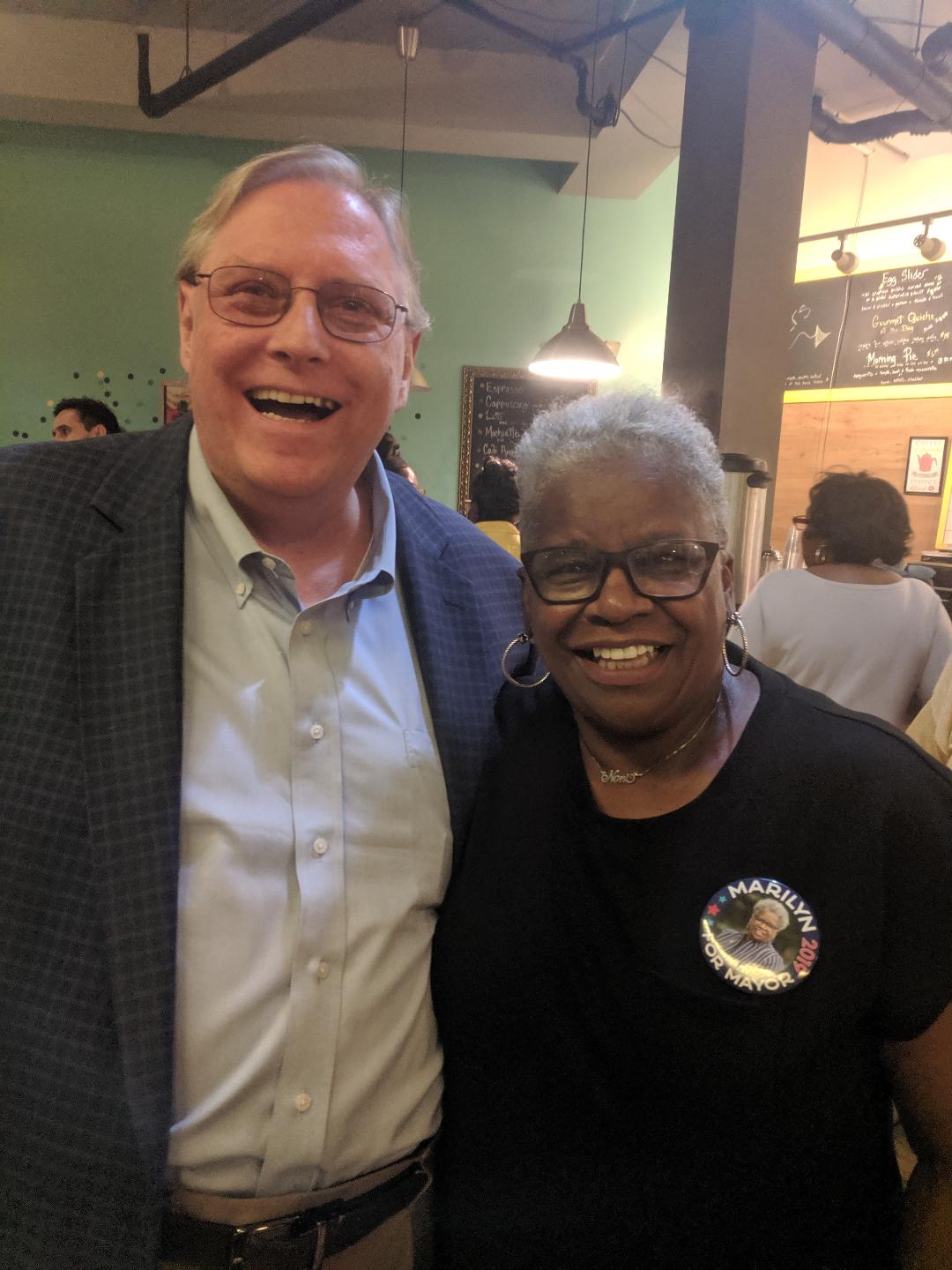
Caruso had been through the wars of citywide campaigns both as a candidate and campaign manager. He knew Ganim as well as anyone. They were classmates at Notre Dame High School, Caruso managed Ganim’s first race for mayor in 1989. Caruso and Ganim, however, had a lukewarm relationship. Caruso’s anti-establishment bent was more in line with Moore.
Moore’s Campaign Manager Kennard Ray had helped recruit Caruso into the campaign fold. Moore’s campaign successfully petitioned her way onto the September primary ballot securing a few thousands signatures with a two-pronged strategy: if she failed to win the primary she had a general election landing spot on the Connecticut Working Families Party line active in her candidacy. She needed about 200 certified signatures for the WFP line.
Inexplicably, Ray left Moore’s campaign. An opportunity existed for Caruso to take on a larger role. Instead, Moore leaned on former school board member Sauda Baraka, who chaired the local WFP chapter and Gemeem Davis to execute the campaign.
Davis, a mayoral campaign novice, took a “leave of absence” from the action group Bridgeport Generation Now to manage Moore’s race.
Gen Now, the non-profit started by husband-wife Black Rockers Niels and Callie Heilmann, had emerged as a voice for reform in government challenging the status quo on a variety of issues, including public safety, transparency and election protocol, particularly absentee ballot abuses.
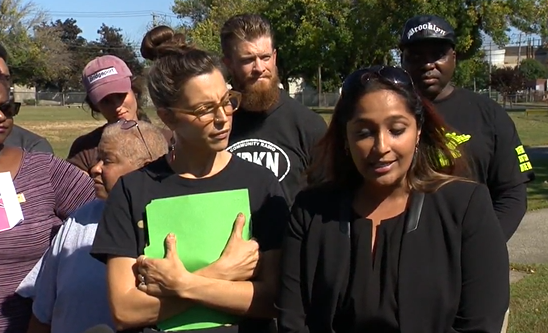
IRS guidelines prohibit organizational electioneering on behalf of a candidate under the non-profit status established by Gen Now. Individually, however, a number of Gen Now backers financially supported Moore’s race. In May, Gen Now had honored her at its first annual fundraising event at the Discovery Museum while she was an announced candidate for mayor.
Heading into the homestretch, despite Ganim outspending Moore by more than two to one, the primary shaped up as close with Moore poised to run up large numbers in her legislative base while Ganim had wider support in areas where Moore was less known, particularly in heavily Hispanic areas such as East Side. Ganim and his campaign team, however, failed to spend enough time in those Hispanic precincts to juice a turnout.
Two weeks from the primary Moore told the crowd at her East End satellite office, backed by her citywide primary slate, “I know we’re gonna take them out in September … I know it, I know it.”
Meanwhile, Moore still lacked that one contrast dagger to thrust into Ganim’s campaign spine. Caruso was more than willing to do it, including a loud campaign to quash Ganim’s absentee ballot advantages as well as a defined message to fire the incumbent.
Didn’t happen. Despite his ideas and messaging help, Carsuo was largely ignored by Moore, Davis and Baraka. In addition, Moore had failed to reach out to political operatives who could bolster support. “They should come to me,” she carped repeatedly. In winning campaigns, the candidate makes the ask.
The night of September 10 was surreal. Before the polls closed, a spokesperson for Connecticut Secretary of the State Denise Merrill announced Moore’s campaign had failed to secure the 200 or so petition signatures to place her on the Working Families Party line in November. The backup plan was toast. Who dropped the ball? WFP? The candidate? Someone else? There was plenty of blame to go around, but going forward doubt was created about Moore’s organizational skills. If she botched something as simple as 200 signatures, how could she run a city?
As primary returns filed in the expected pattern had emerged with a couple of outliers. Moore performed well in her legislative district, Ganim kept it close on the machines via his base support, but the Hispanic turnout was miserable. Ganim won those precincts but not nearly the number he needed to win the machine count. Citywide Moore won by more than 300 votes.
Ganim was rescued by absentee ballots, winning that number by three to one. Ganim took the primary by 270 votes.
In the ensuing days, Gen Now leaders, under an affiliate organization called Bridgeport Generation Now Votes, scoured neighborhoods to build a court argument that absentee ballot irregularities cost Moore the primary.
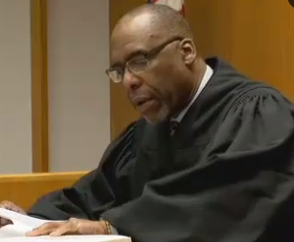
A lawsuit, brought by three city voters backed by Gen Now Votes, was filed that dragged out for a month in Judge Barry Stevens’ courtroom. For the most part plaintiff witnesses testified they had help filling out absentee ballot applications, something that is legal. Filling out an absentee ballot on behalf of someone is not legal. No substantial evidence existed to overturn the primary result. Bewilderingly, Moore (and any other primary candidate) was not a plaintiff in the court case.
Judge Stevens ruled for the defense. An expedited appeal was filed with the Connecticut Supreme Court which heard oral arguments on the eve of the general election. The Supremes announced they’d take the case under advisement in lieu of stopping the general election.
Surviving a primary scare, Ganim didn’t take anything for granted. He kicked up visibility in areas he could maximize votes, his campaign messaging became tighter, he didn’t allow campaign workers to relax.
Without a ballot spot, Moore waged a long-shot write-in candidacy. Ganim defeated her by two to one in the general election.
A few weeks later the Supreme Court unanimously affirmed the results of Ganim’s primary win.
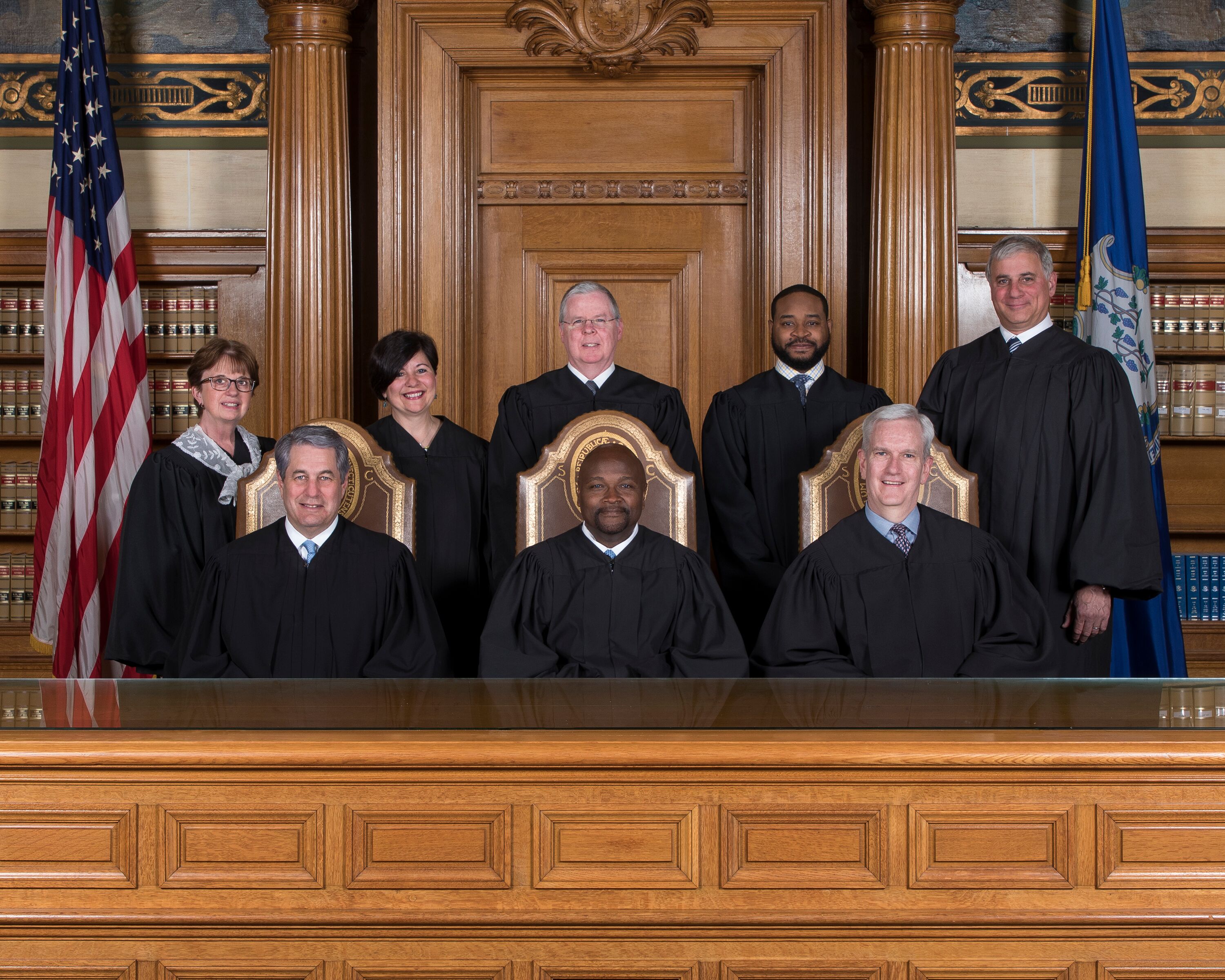
The 7-0 ruling was written by Chief Justice Richard Robinson.
From the decision:
We further conclude that the trial court properly found that, under this standard, the plaintiffs had failed to establish that the reliability of the result of the primary election is seriously in doubt. Indeed, they have not expressly challenged any of the court’s factual findings or legal conclusions as to which absentee ballots should have been counted, and they have not pointed to any evidence that would compel a finding that there is a serious risk that Moore or any of the other candidates who lost in the primary election would have won in the absence of the improprieties in the handling of the absentee ballots. Accordingly, we conclude that the trial court correctly determined that the plaintiffs failed to establish that they were entitled to an order directing a new special primary election. The judgment is affirmed.
It was an odd complaint in that not one Democratic candidate in the primary was a plaintiff in the case, including Moore, something Deputy City Attorney John Bohannon noted on many occasions in verbal and written arguments. The Supremes agreed, and addressed it in the decision:
Moreover, we find it unlikely that the legislature intended to create the situation in which, after every primary election, thousands of potential plaintiffs would have standing to seek a new primary based on the rulings of an election official that did not personally affect them. It is more likely that the legislature intended that the proper party to seek that particular form of relief would be a losing candidate who could establish that the improper ruling of an election official had rendered the results unreliable.
In the end strategic and organizational lapses cost Moore the mayoralty.
For Ganim, it’s four more years to make amends for the prior four.


Mayor Ganim will not be reelected in 2023.
The focus needs to be on the future not the past.
Agree, I’m thinking he’ll be indicted before the end of this term.His first term he was on his best behavior, this time he will see the writing on the wall and know he can’t win,that’s when he’ll get sticky fingers again.
Lennie did a great job of summing of the 2019 election for mayor, Lennie said, :Moore’s base of support in the North End, West Side and Black Rock encompassed the areas where incumbent Joe Ganim was weakest,” that was Joe Ganim’s key voters in past election where he was never really challenged. Well putting that group back together again plus getting a little more of the black vote will not happen, because the last train to Clarksville has already left the station. The voters had their chance this election cycle to get rid of Joe Ganim, well Ganim won’t make the same mistakes like he did in this election in 2023.. .
This election went the way of the presidential election in the Rust Belt, a bunch of damn fools voting against their own best interest. Now you have some of those damn folks complaining about Mayor Ganim. Shut up and take what you got! Right Maria and Harvey?
Don, you talk about making bad decisions in the past that comes back and bits them in the ass was when Maria was fooled and backed and supported Joe Ganim for mayor and Dennis Bradley for the BBOE. Now after the primary and general election now they have the crocodile tears about Joe Ganim, you got what you wanted so enjoy the next four years.
Conn. Post
There is a very interesting story in the Conn. Post about the Bridgeport Police Department and racial profiling. I’m still asking the question, ” where’s the police study that was done by for former D.C. and Philly police chief Charles Ramsey and did the City finally pay him? Below is just a small portion of the article.
“Bridgeport police flagged for racial profiling by state analysis”
Kaitlyn Krasselt Dec. 28, 2019 Updated: Dec. 28, 2019 6:33p.m.
A police vehicle blocks cars from traveling down a flooded Norman Street in Bridgeport, Conn. on Monday, April 16, 2018. Excessive runoff from heavy rainfall caused flooding in many areas.
The Bridgeport Police Department is the only municipal department in the state to have above average racial disparities in traffic stops and violations in 2018, preliminary findings of a statewide racial profiling analysis show.